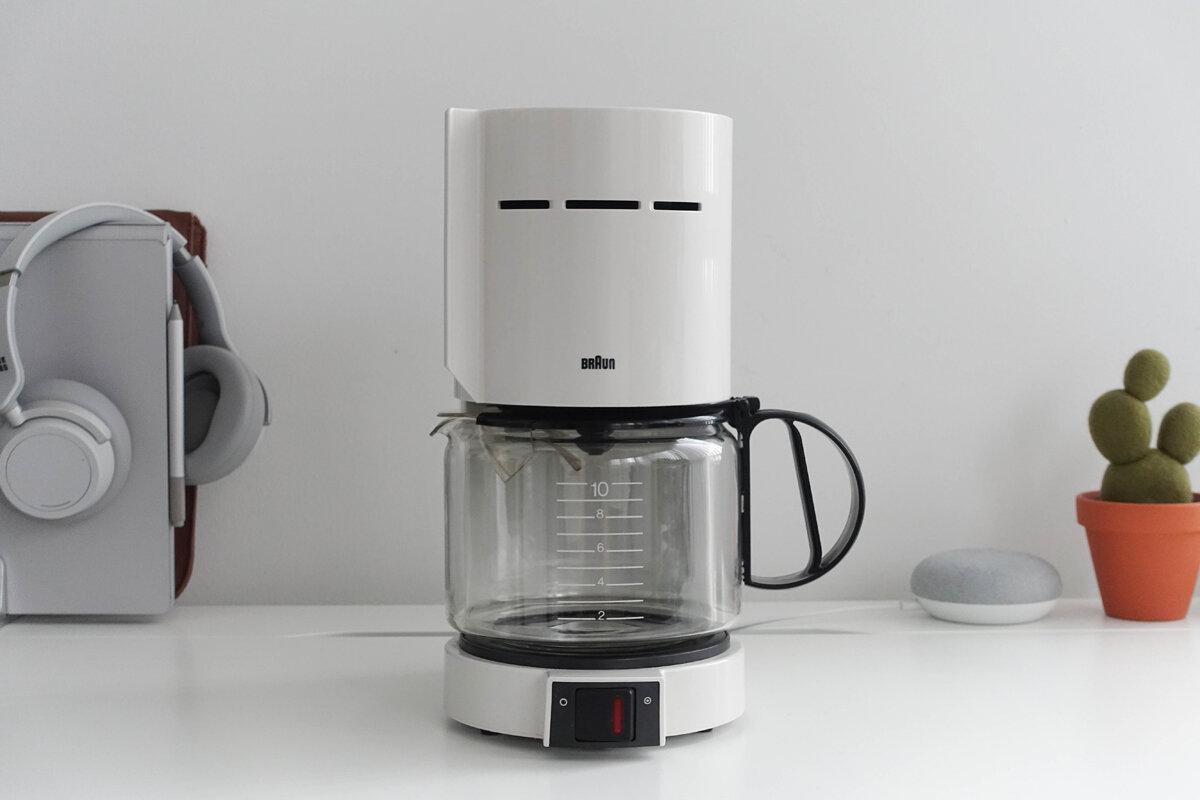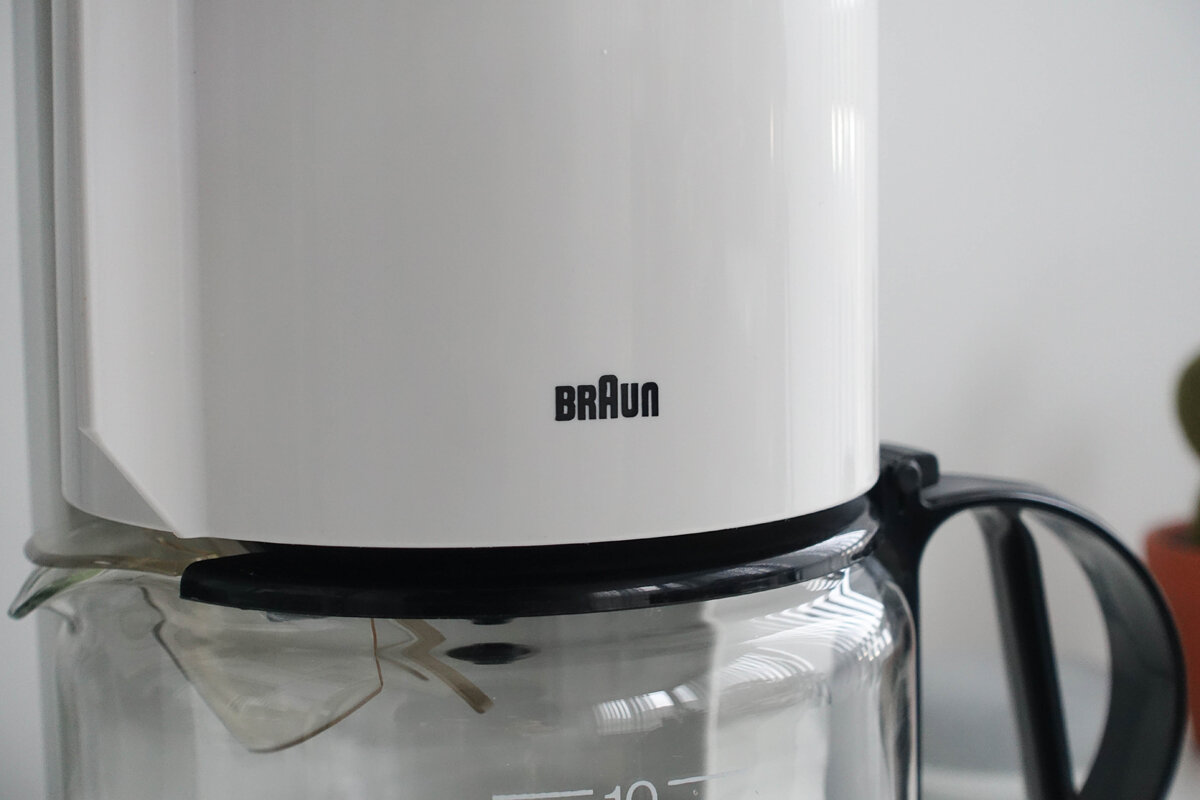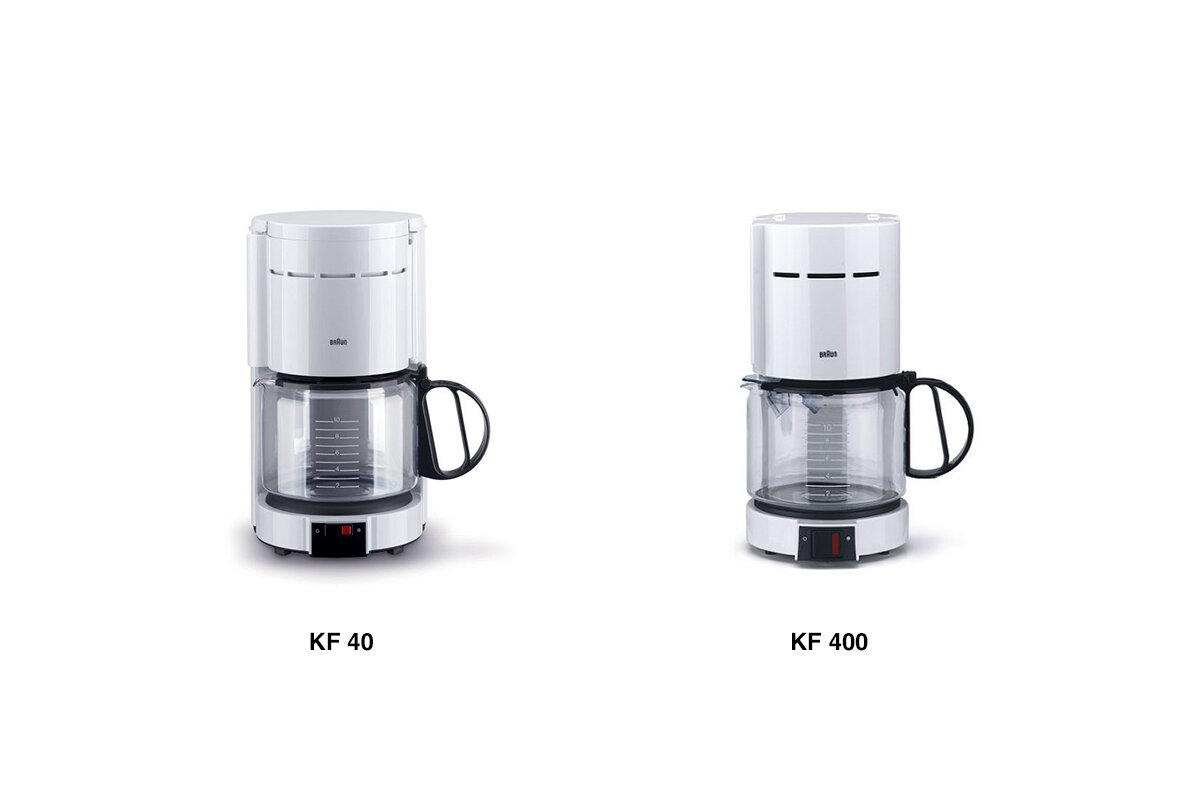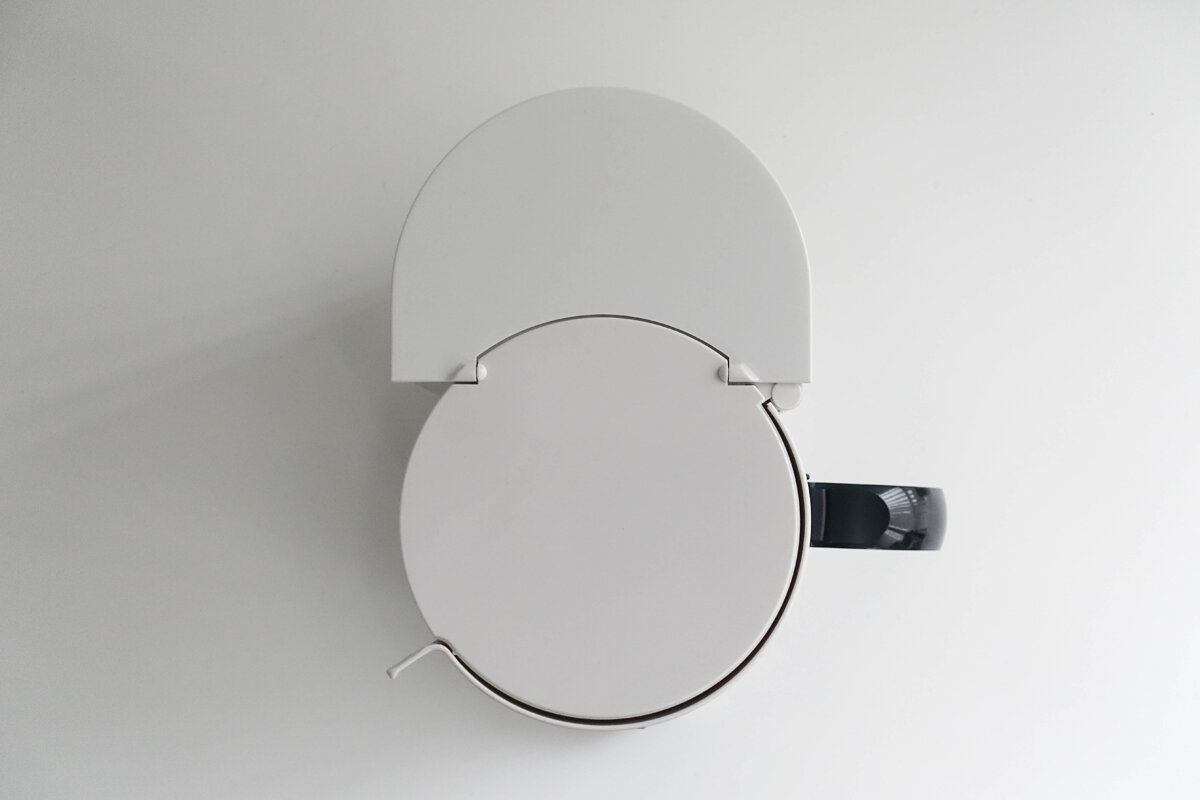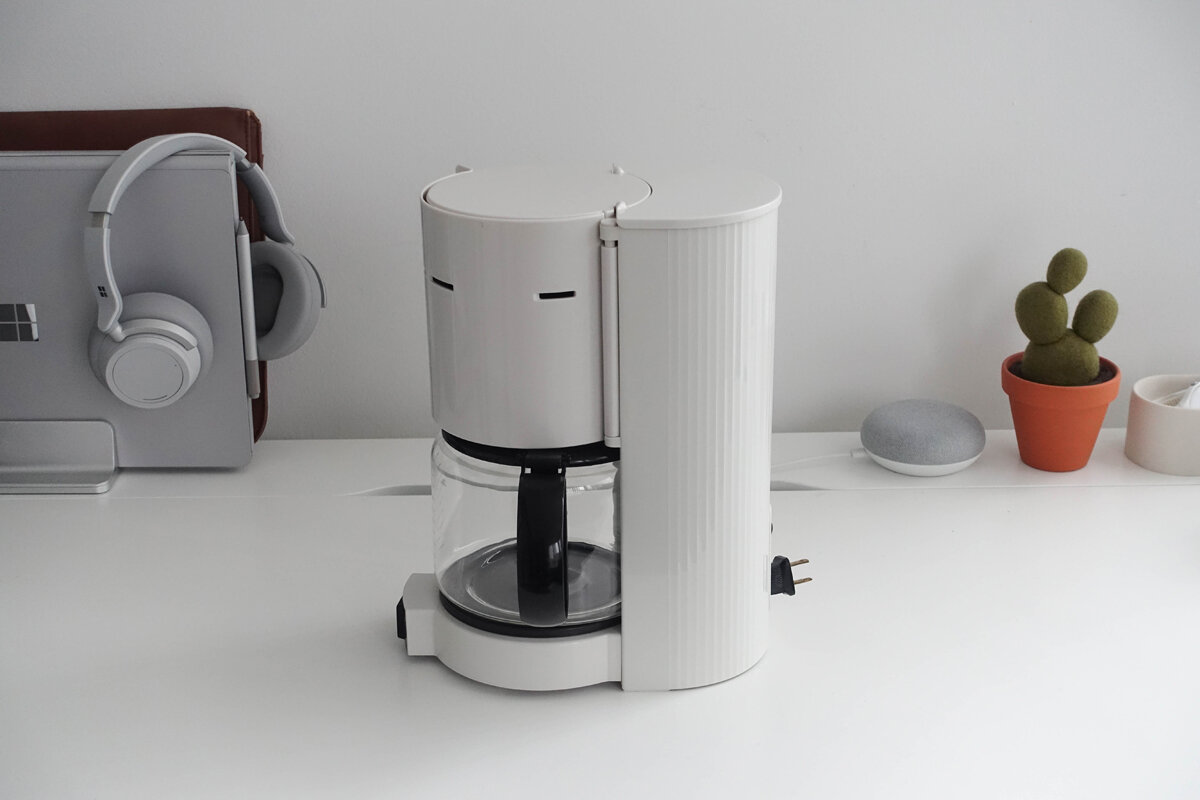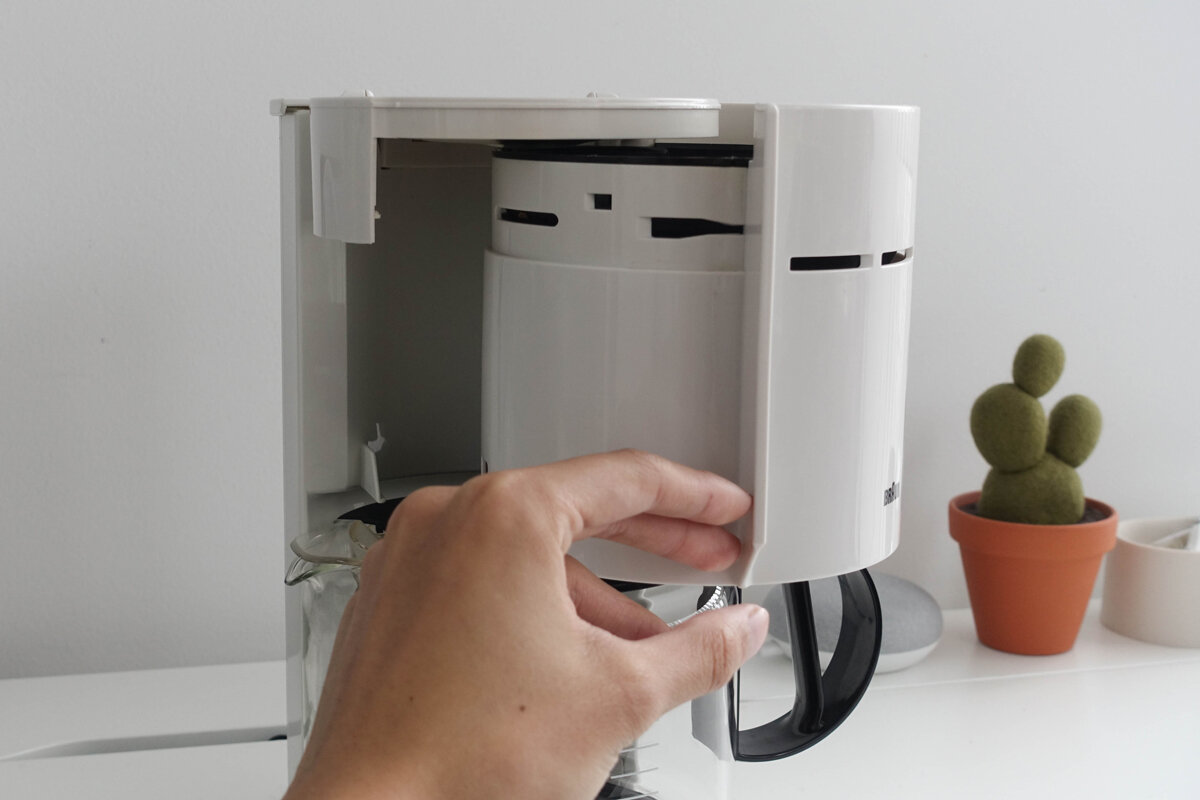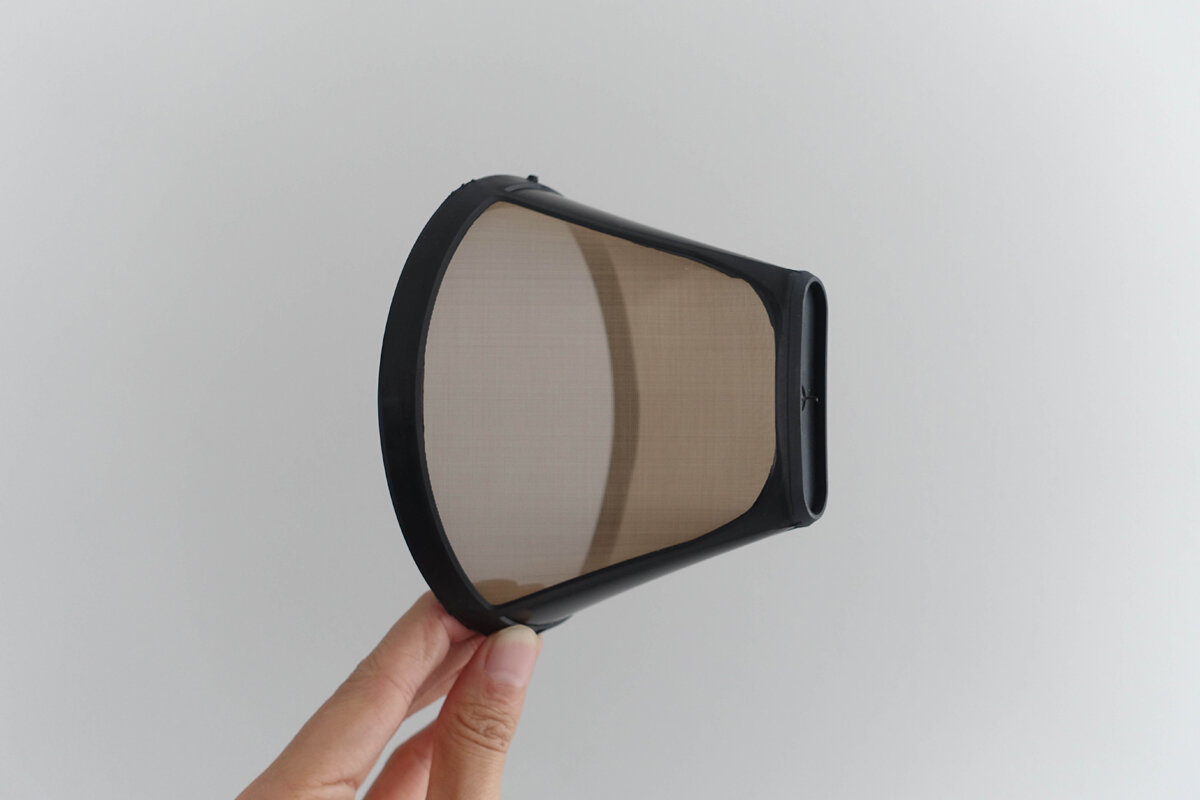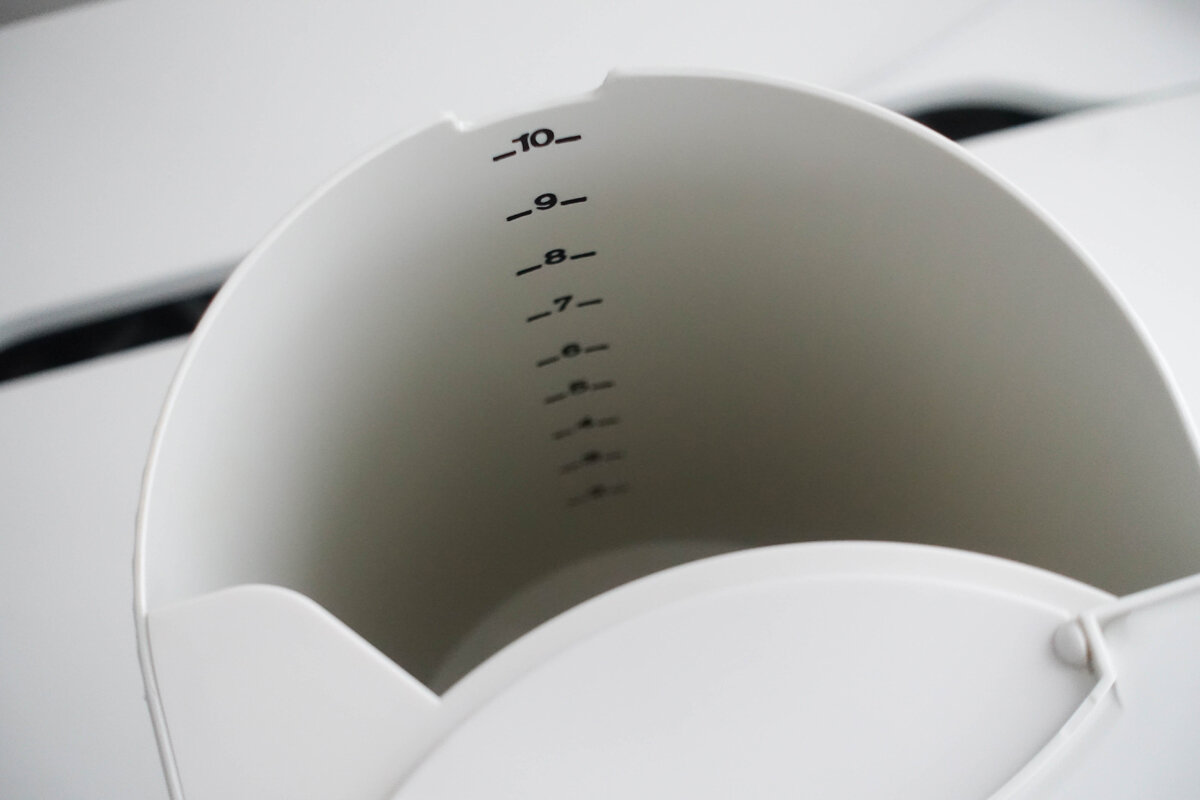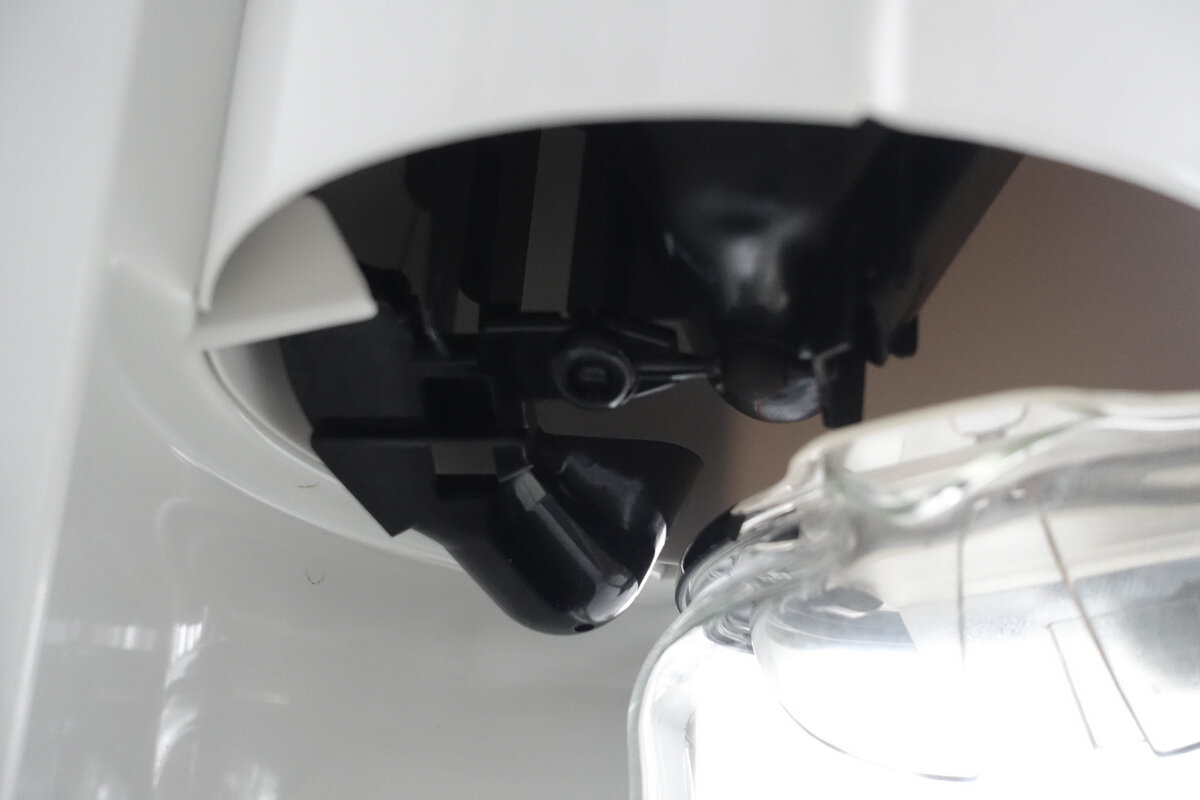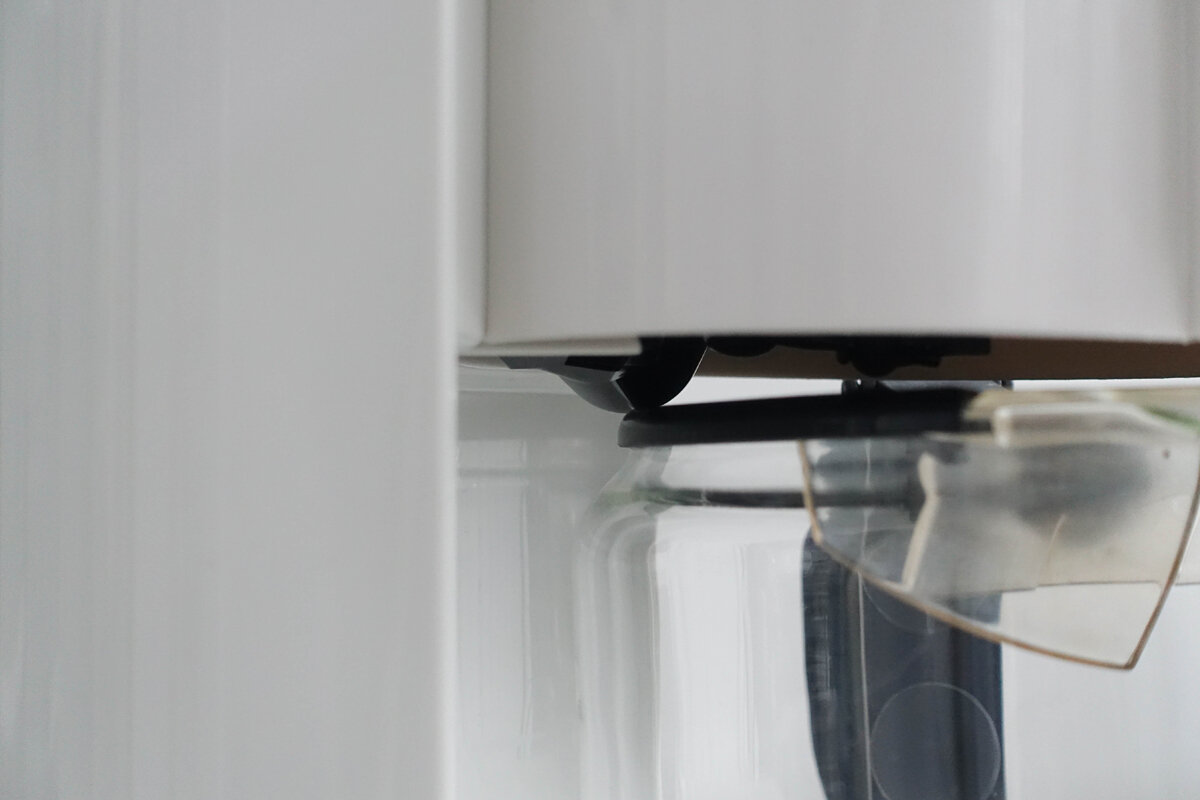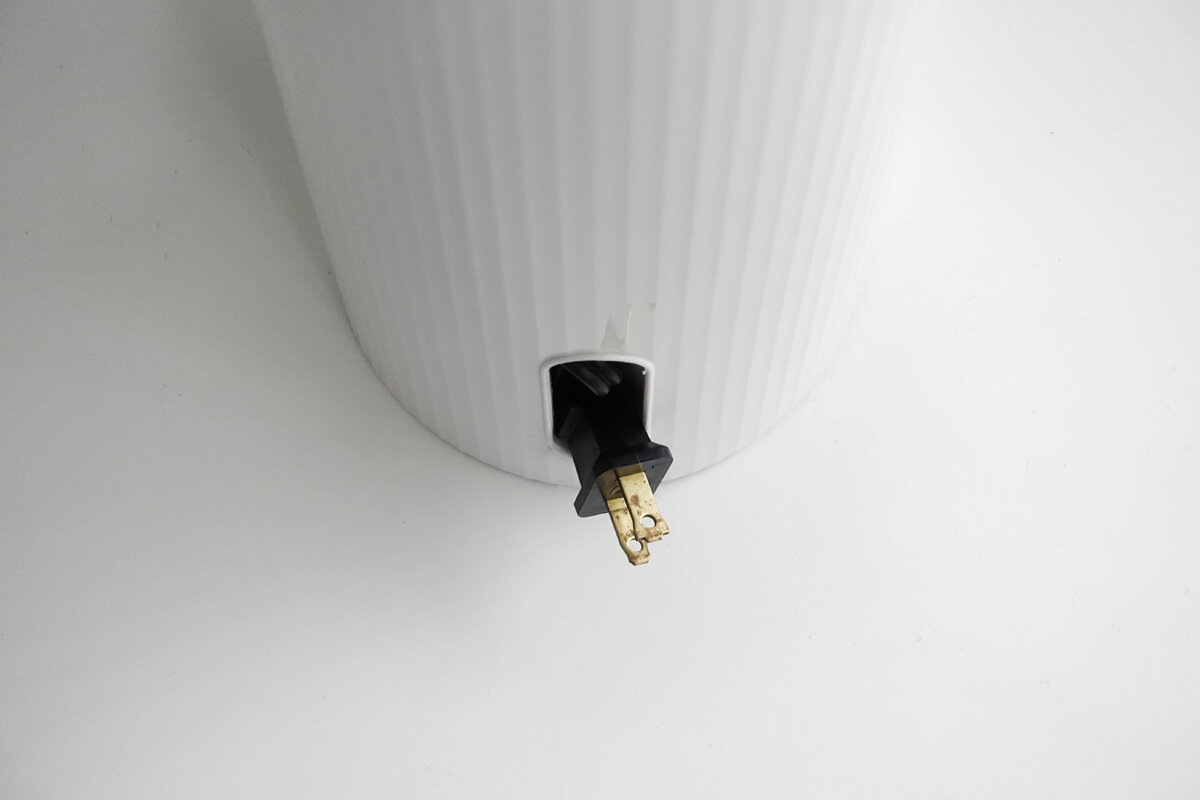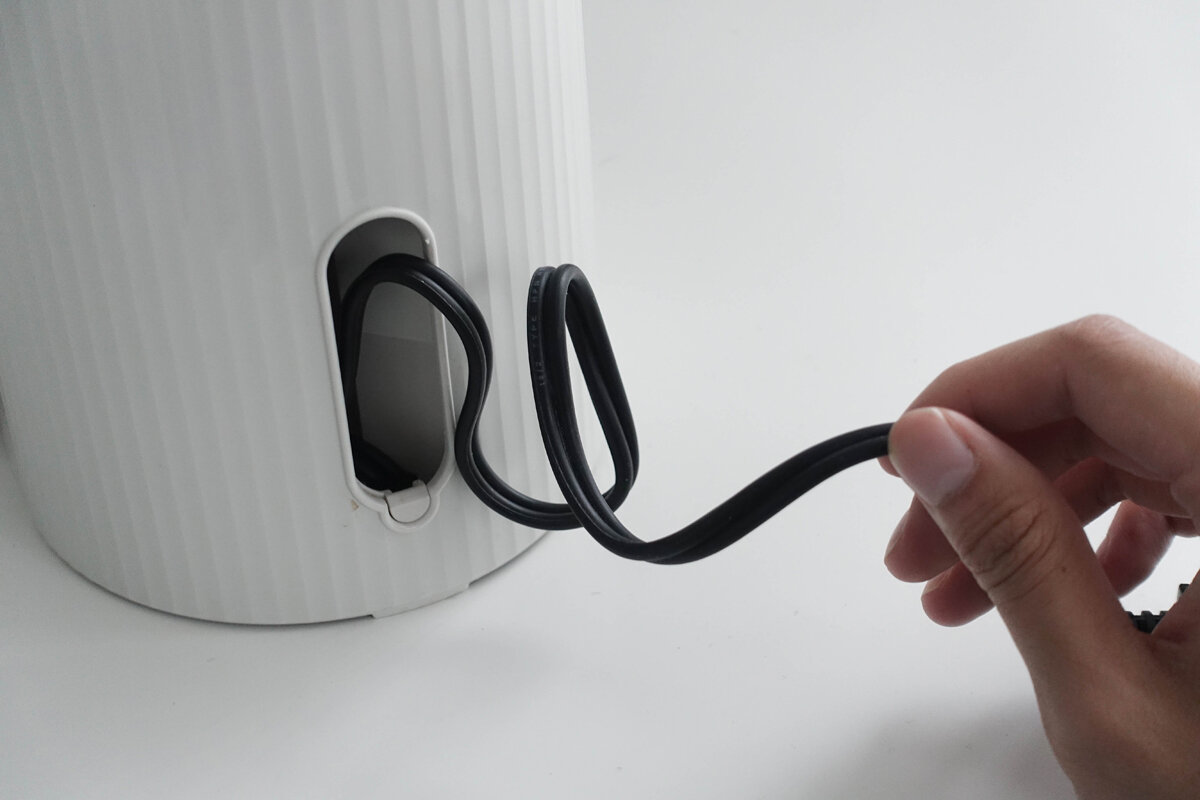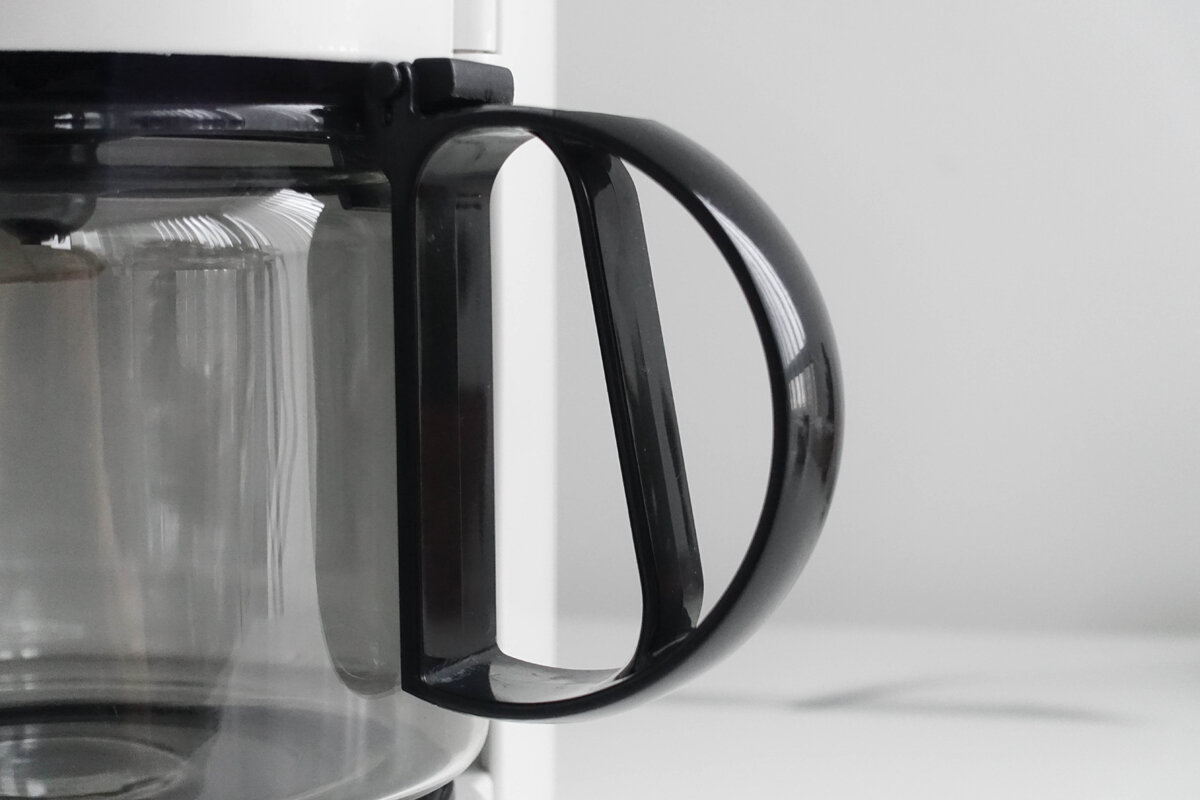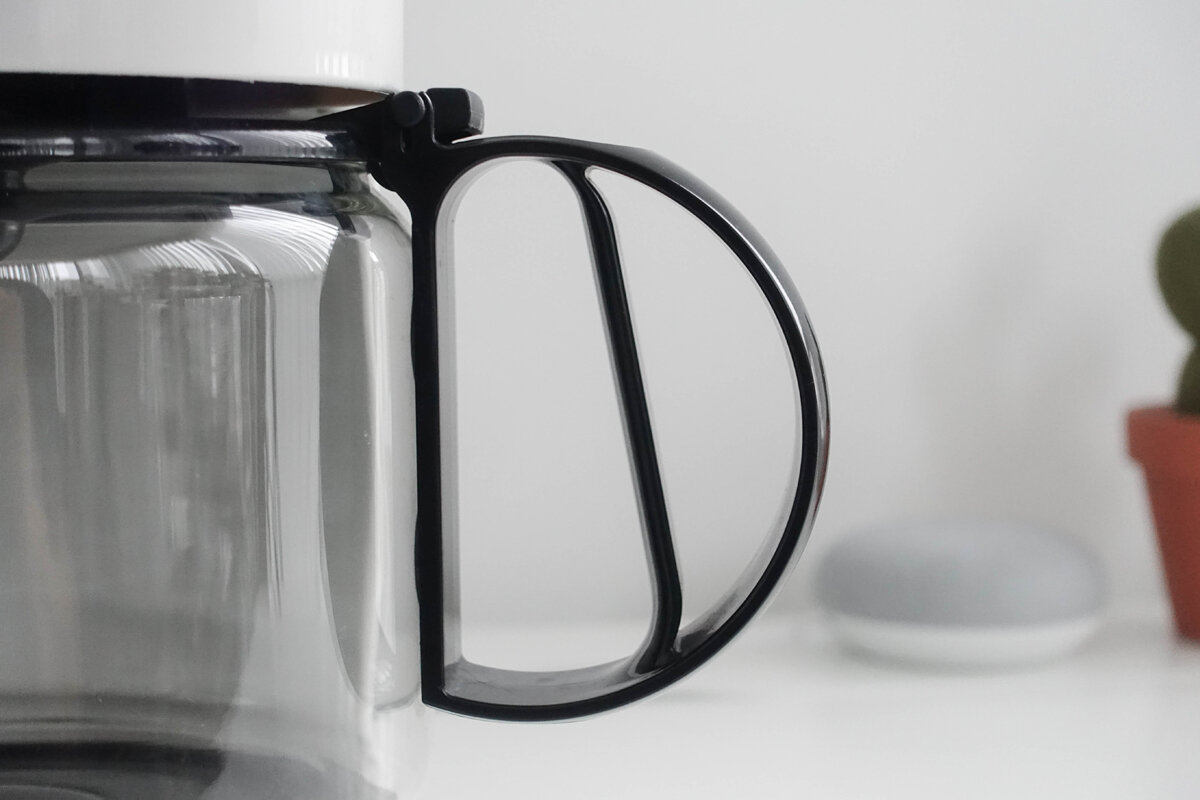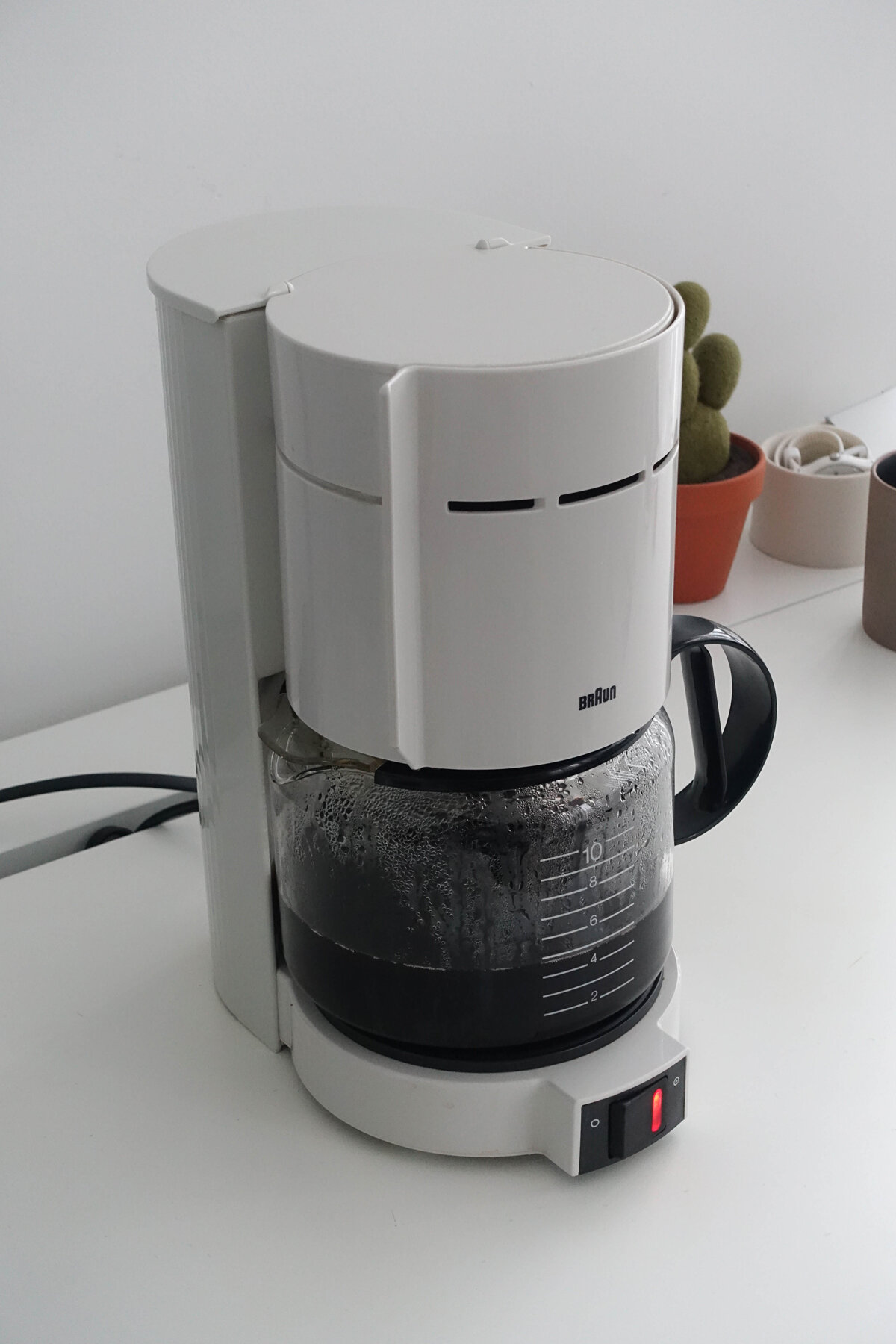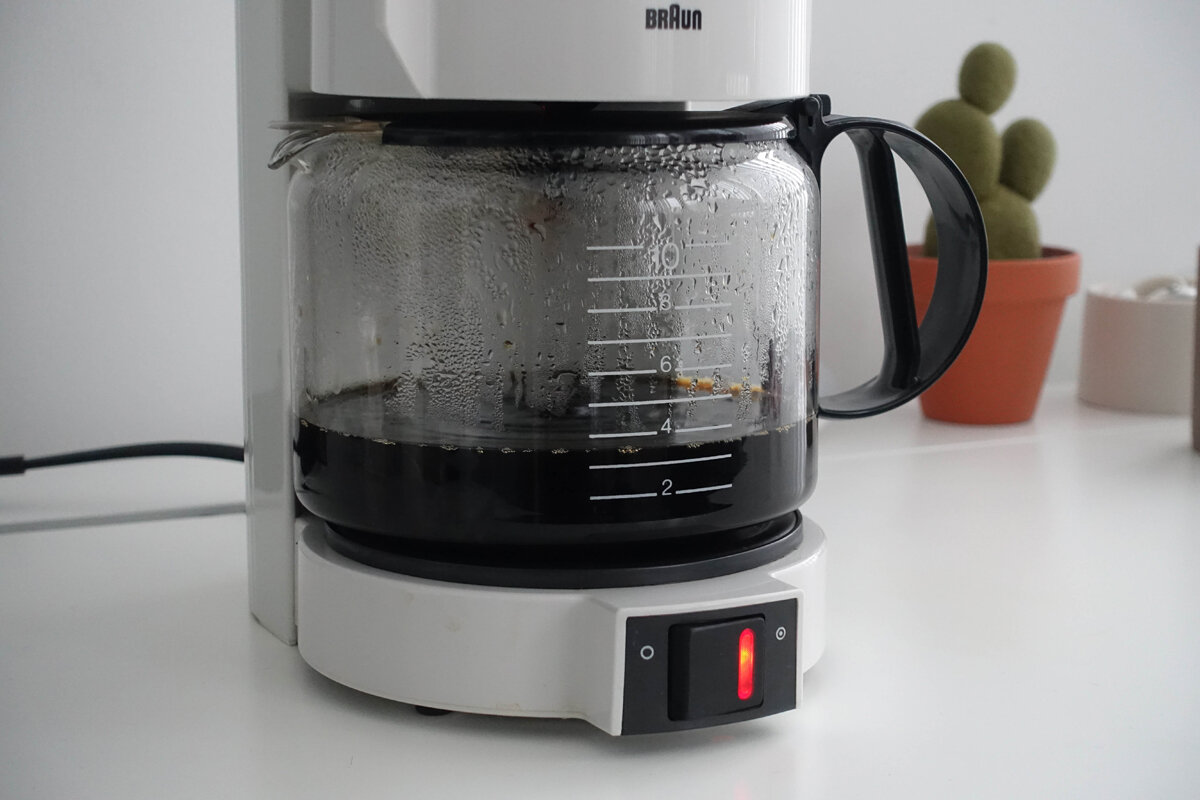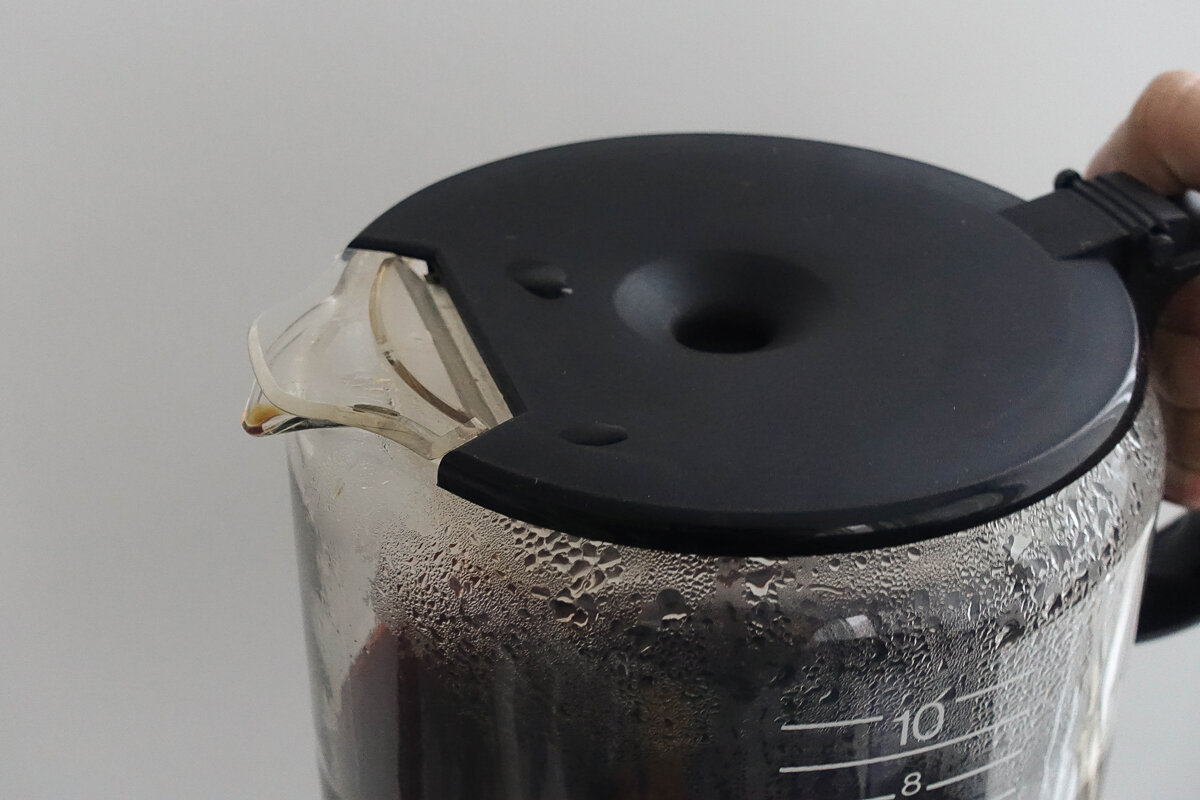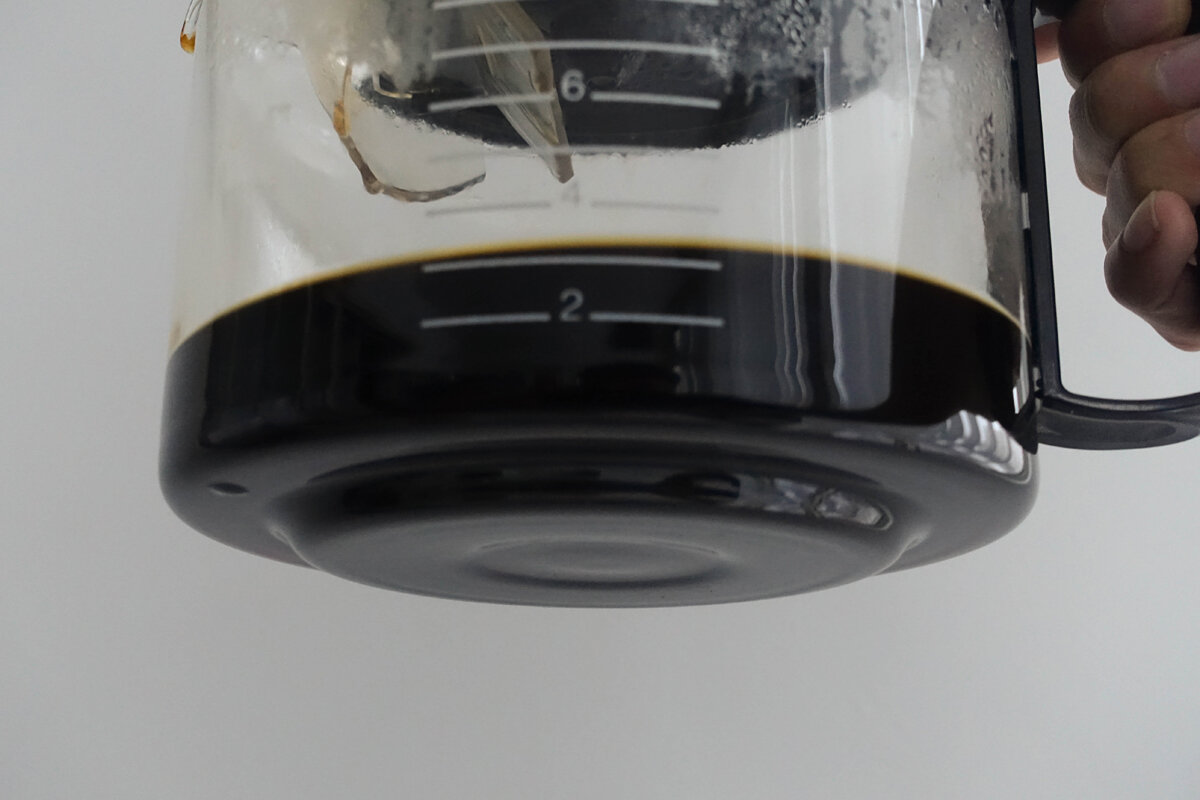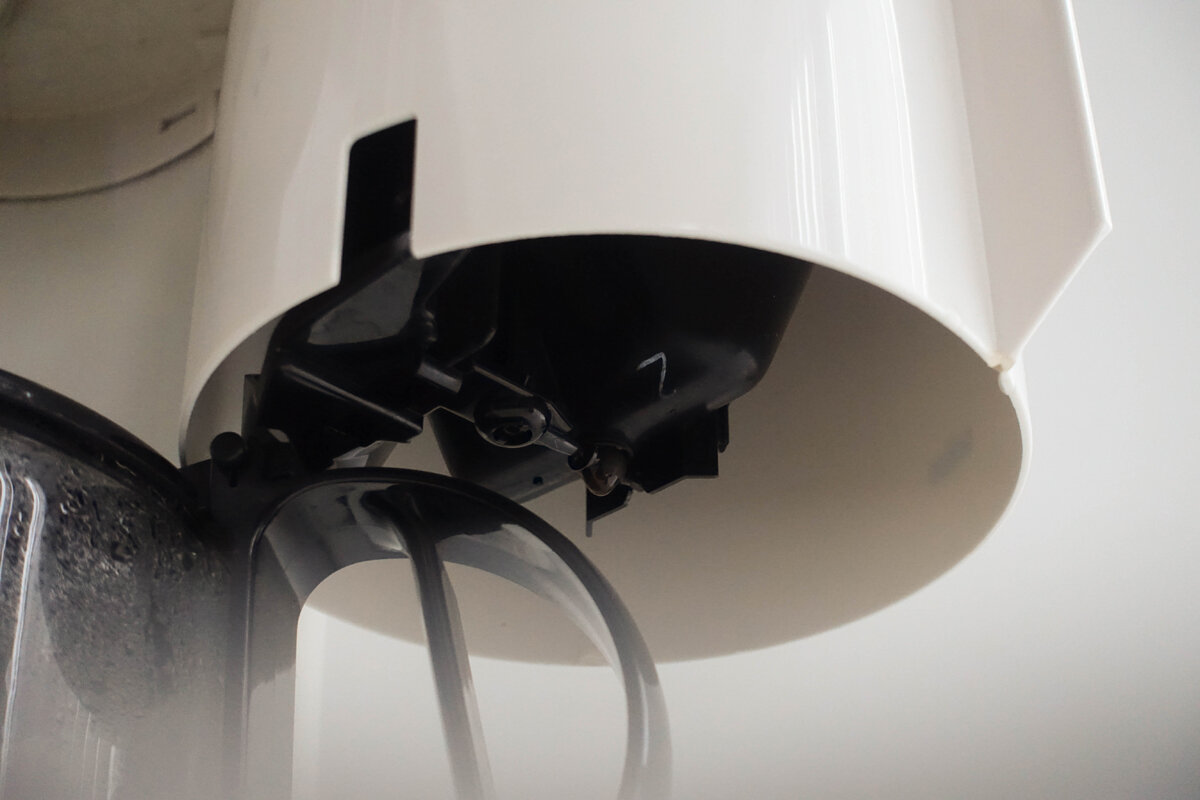Braun KF 440
I went on a Kijiji shopping spree one weekend back in November, and to my great luck I managed to snag this coffee machine for $10 (in CAD to boot).
It was really hard for me to track down with absolute certainty exactly what make or model this is—I actually ended up spending more money getting access to research than I did on the coffee machine itself. The person I brought it from told me they purchased it sometime in the 90’s, but the designation “KF 440” (which is how it was named in the posting) seemed to exist only in eBay listings and other second hand reseller sites. The design is clearly derivative of the KF 40 (circa 1984), a nearly identical coffee machine by the designer Hartwig Kahlcke.
The first concrete lead I had was Braun’s service website, which lists the models KF 32, KF 400, KF 420, and KF 440 all under Type 4085, which is also the type number found at the bottom of my machine. Reading further into old articles from the Harvard Business Review (1992), I discovered that the KF 400 was the American regional designation for what was otherwise known as the KF 32 in the rest of the world. It was a compact, even less expensive version of the KF 40, which itself was already aimed at at the mid-tier market. Though what Braun considers a “medium to high price point” is still quite pricey today—the 70 DM Braun aimed for during the development of the KF 40 in 1984 equates to $89.25 USD in 2019 (adjusted for inflation of course).
A production line in Mexico producing KF 400s started operation in 1989, where my coffee machine was made as well. That matches up with the known timeline, as the KF 440 was most likely a later iteration that would have been produced at the same line later in the 90’s. Wish I could consult some Braun historian to get some hard answers though.
As you can see above, the two models are pretty similar, with some of the most obvious changes being the power switch now taking up the entire vertical height of the black front panel, as well as fewer, but larger vent holes near the top of the coffee machine. The handle for the carafe has changed as well, with a less perfectly geometric, though probably more ergonomic space to fit your fingers through.
The designers tried to keep a lot of the same DNA from the iconic KF 20 by keeping its cylindrical form. The final result is as we see here, with two overlapping cylinders. The coffee filter and carafe make up the main cylinder, and the second one that is cut into by the first houses the water tank.
The coffee filter swivels out and can be removed by lifting it up for easy cleaning.
The filter is still a perfect fit for a standard size #4 mesh filter, which is what I picked up to use with this coffee machine.
Cup measurements in the water tank housed at the back. I don’t think I’ll be using the full capacity very often.
Lightly used, but still a little dirty. I’ve cleaned it more thoroughly since when I first took these pictures. German is there because Braun, English and French because this was sold in Canada.
The carafe lid on the original KF 400 used to be a glossy grey, after its initial production run it was found to pick up scratches too easily so Braun changed the finish to a lightly textured matte black.
A small lid lifts up as pour out your coffee.
A double action drip-stop cut the flow of coffee when the carafe was removed or when the filter was swung out. The lid of the carafe was what engaged the mechanism, so you’ve always got to remember to have that on before starting a new brew (I made a huge mess once when I left it off). If you don’t, the hot water just collects in the filter and no coffee will drip down.
According to Gunter Opperman, Braun’s R&D manager at the time, the inspiration for this mechanism came from toilet flush valves.
The KF 40 was the first time Braun used polypropylene, rather than polycarbonate, Braun’s plastic of choice. Polypropylene was considered a lower end material because of its tendency to shrink and leave sink marks on the surface of the plastic, marring the traditional look of Braun’s geometric perfection. This was because the KF 40 had to achieve various targets to be profitable, one of which was to cost a third less than its predecessor, the KF 35, or a full 60 percent less than the original KF 20.
The solution the design team settled on was the introduction of this corrugated surface to minimize the effects of polypropylene’s material properties. This caused a divisive split in the company, but the design won out in the end because of its necessity. Even Rams was won over in the end.
There’s cable storage at the back too. Just barely enough to tuck in the cables with the head poking out.
The handle is attached with adhesives, along with an additional hook that clips on to the top rim of the carafe. Originally a compromise because of the lack of reliability of the initial adhesives Braun had developed, it stuck around even after better adhesives had been formulated.
Making coffee on my desk, because it looks better than the kitchen.
The KF 40 also introduced the use of a singular heating element to heat up both the water and keep the coffee hot, another cost saving measure to keep it competitive in its price bracket.
